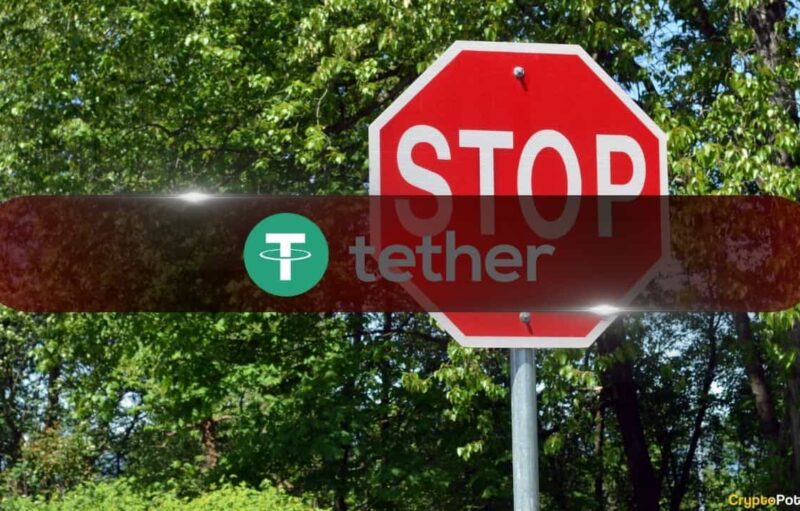In outer space, meteoroids are formed when collisions between objects produce fragments and are thus randomly shaped. But about a quarter of the large meteors that survive entry through Earth’s atmosphere to become meteorites are conical. A new study applying principles of fluvial dynamics in the lab to study the physics of meteor flight is shedding some light on how entry carves some shooting stars into cones.
“The shapes of meteorites found on Earth are different from how they were shaped in space since they are melted, eroded, and reshaped by atmospheric flight,” said Leif Ristroph, a physicist at New York University and an author on the new study published in the Proceedings of the National Academy of Sciences of the United States of America. Many meteorites are amorphous blobs, he said, but “a surprising number, as many as 25%, are ‘oriented meteorites’ that look almost like perfect cones.”
Detailed observations of meteors in flight are rare, and little is known about the extreme forces that meteors sustain as they rocket through Earth’s atmosphere at speeds as fast as 70 kilometers per second. For a meteor to be shaped into a symmetrical cone it must hold a stable trajectory during flight.
“It makes intuitive sense that most meteors will tumble during flight and be randomly shaped, but we wanted to know why a quarter seem to maintain enough flight stability to be carved into cones,” Ristroph said.
Ristroph and colleagues sought to replicate some aspects of meteor flight in the lab by subjecting clay objects to flowing water. The first stage of experiments subjected model meteors held stationary by a rod to currents, and the second stage examined how differently shaped cones fell through columns of water.
“We looked at a whole family of cone shapes from very pointy, like a needle, to broad, like a disk, and everything in between. And what we found is that there was this Goldilocks kind of range of shapes in the middle where they are self-stabilizing,” said Ristroph.
Whereas narrow cones tended to flip over and broad cones fluttered back and forth, eroding the clay into more random shapes, the Goldilocks shape was able to stay straight and maintain a refined cone shape.
 Six different flight patterns show how shape affects flight stability for cone-shaped objects. Flight pattern D shows stable flight for a “just right” Goldilocks cone shape. Credit: NYU Applied Math Lab
Six different flight patterns show how shape affects flight stability for cone-shaped objects. Flight pattern D shows stable flight for a “just right” Goldilocks cone shape. Credit: NYU Applied Math Lab
“It seems that the same aerodynamic forces that melt and reshape meteoroids in flight can also serve to help stabilize its position so that a cone shape can be carved and ultimately arrive on Earth,” Ristroph said.
Fluid, Cross-Disciplinary Work
The finding is a rare example of using lab-based experiments to study the physics of meteor flight, said Alexis Drouard, an astrophysicist at Aix-Marseille University in France who was not involved in the new study. “This is the first time I have seen fluid mechanics used to study the flight dynamics of meteors. It’s very interesting cross-disciplinary-type work.”
Whether a meteor survives its flight through the atmosphere is probably unrelated to its shape and more dependent on its initial size and angle of entry, as well as its composition, Drouard explained. “The more metal an object contains, the more likely it is it will survive entry.”
The density of the materials in the meteor is also important. “Looking at how density and different compositions affect flight stability could be an interesting next step for this line of research,” Drouard said.
Another next step might also be to study videos of meteors in flight to determine if rotation or stability can be detected by looking for changes in emitted light.
“In a high-speed video, presumably if the object is rotating, you might see some flickering, whereas if it’s stable, you might just see a bright streak,” Ristroph said. “As far as I know, nobody has been able to correlate those kinds of observations with flight orientation.”
—Mary Caperton Morton (@theblondecoyote), Science Writer
The post appeared first on Crypto Asset Home






